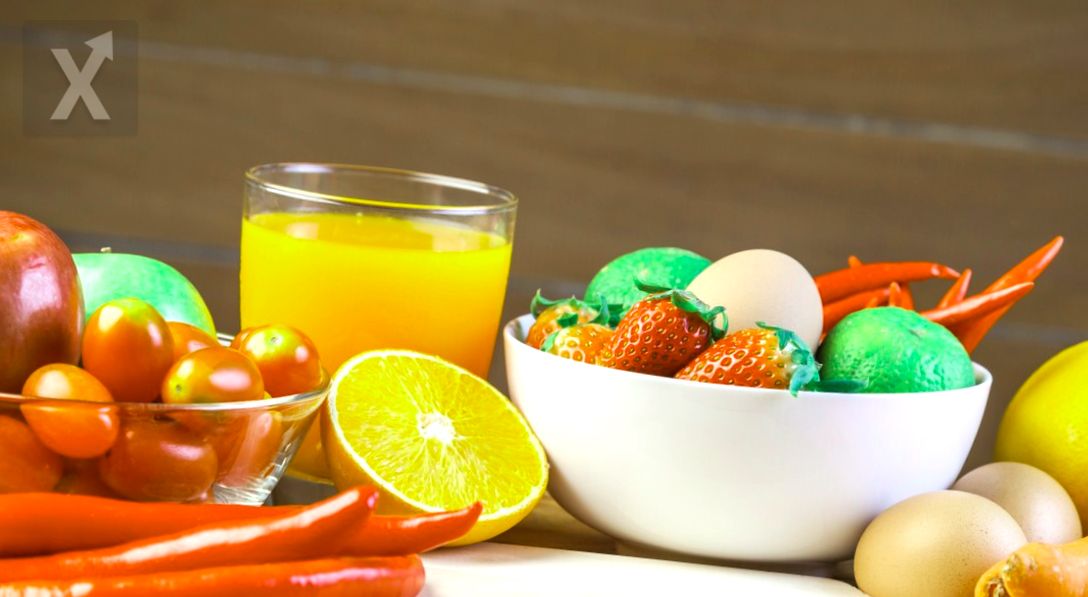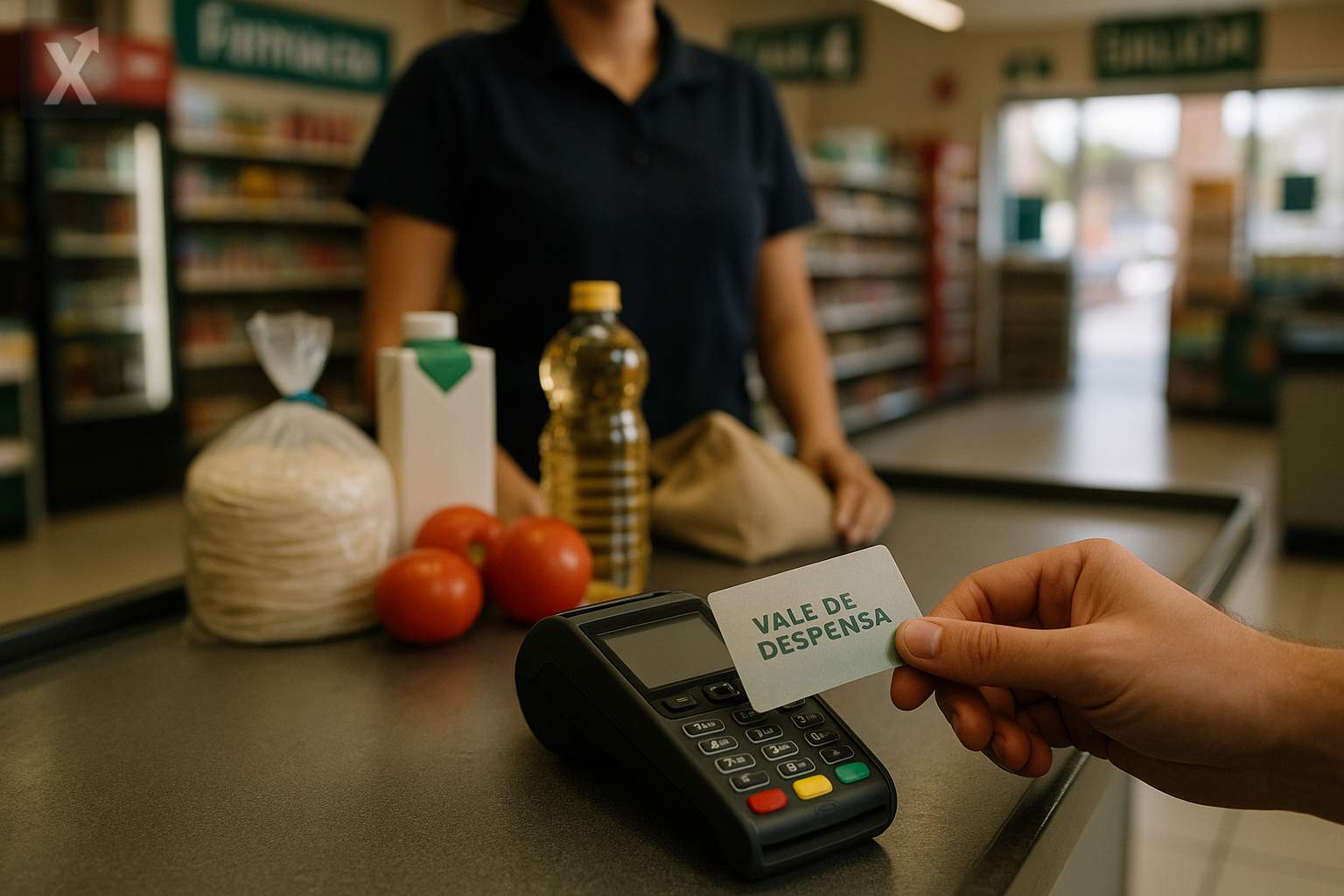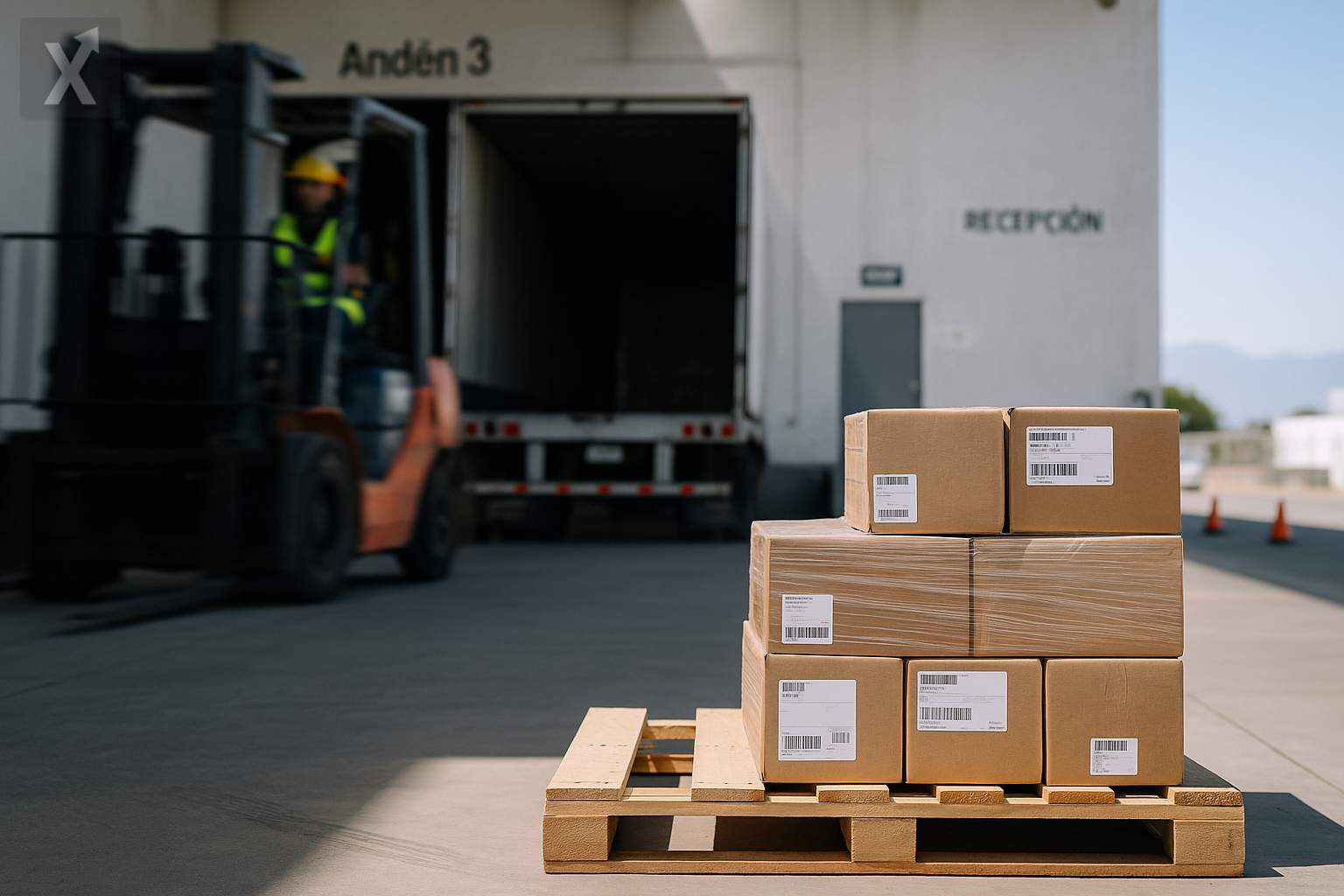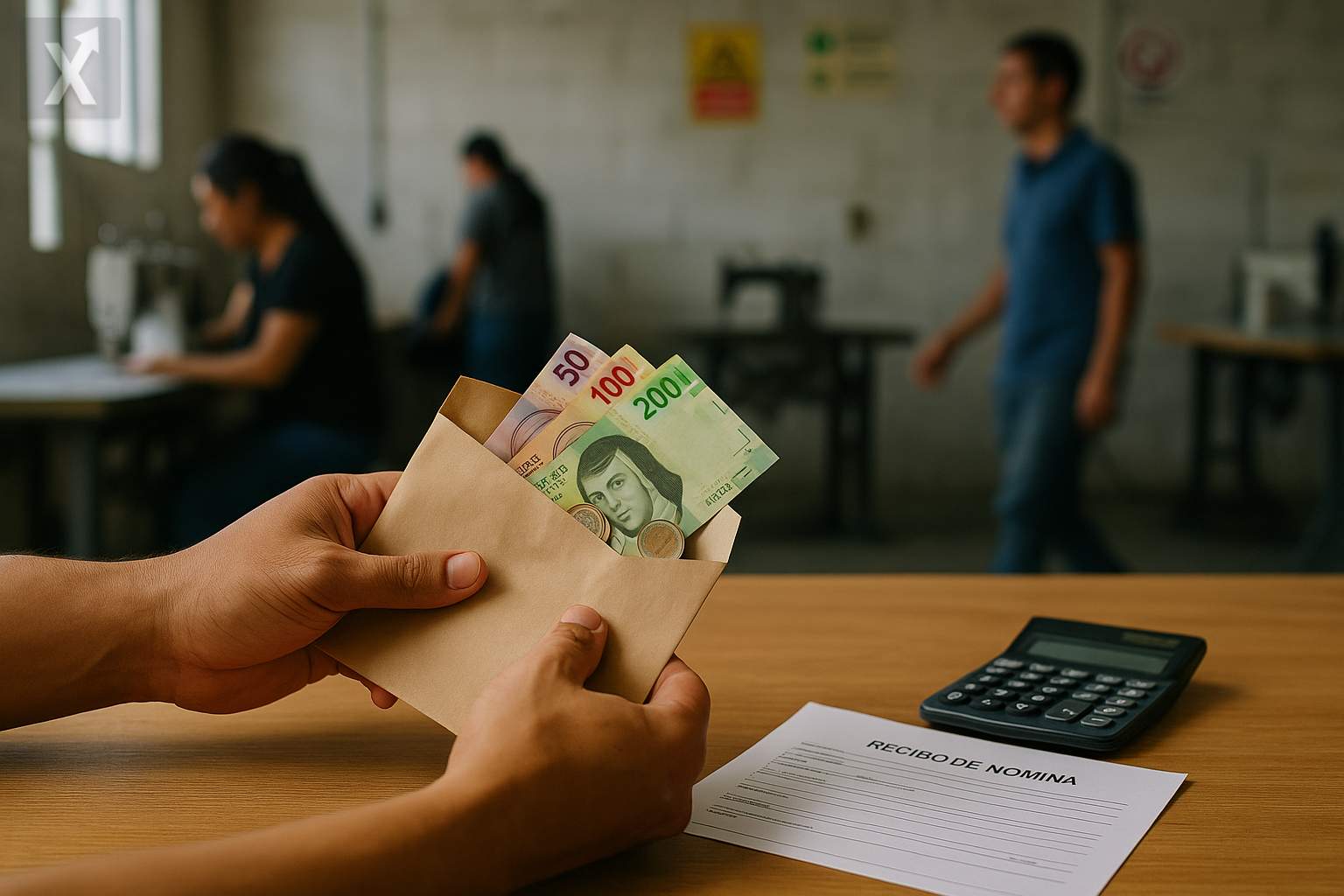Rising Food Prices in the Basic Basket: Challenges of PACIC

Of the 24 products that make up the basic basket within the PACIC, 17 have seen price increases that exceed the average inflation recorded from May 2022, when this program was introduced, to September of this year. Oranges stood out with the highest increase at 84.6%; this is almost seven times more than the country’s overall inflation. Other foods, such as carrots, lemons, and white potatoes, also showed increases above 40%, according to data from Inegi.
So what has gone wrong with PACIC?
“PACIC hasn’t delivered results because prices can’t be controlled just by a decree. The free market we have in Mexico responds to supply and demand, and the government can no longer intervene effectively in production,” said Fernando Cruz, a representative from the Agricultural Markets Consulting Group (GCMA). In May 2022, President Andrés Manuel López Obrador launched PACIC, seeking agreements with producers, distributors, and retailers to try to lower the prices of basic products and facilitate the tariff-free import of certain foods like corn flour, wheat flour, white corn, sorghum, and beans. “Fighting inflation is not the right solution. The problem isn’t just the price; it’s also people’s purchasing power,” added Eréndira Yaretni Mendoza Meza, an economics expert. “Inflation can actually encourage production. When more is produced, jobs are created and GDP can increase, which in turn improves purchasing power,” she explained. The price formation of the products under the agreement to combat inflation, many of which are food items, is influenced by climate factors, production, and security issues such as extortion payments, which are difficult to control. Opening up imports of certain products has been one of the most effective strategies to mitigate inflation. “The key is to adapt to impacts, like climatic ones. If you're productive, focus on that; and if not, turn to global trade,” explained Gabriel Pérez del Peral, a professor at Panamericana University (UP). In September, the non-core index was at 7.17%, with fruits and vegetables leading the increases in this index with a rise of 12.81%, according to Inegi data.
Reducing the price of tortillas by 10%
Another aspect that could have strengthened PACIC, Pérez del Peral indicated, is improving coordination between fiscal and monetary policy, as “inflation is a monetary phenomenon.” “Fiscal irregularities prevent prices from decreasing, as this year's fiscal deficit is 6% of GDP and will not be reduced to 3.5% as promised,” the academic pointed out. He mentioned that if the government optimized its spending, against a collection that will not increase, it would provide more certainty to the market, allowing for lower interest rates. “When there’s a high fiscal deficit, interest rates necessarily have to rise to make government financing attractive,” he added. Through Profeco, the government should have better monitored price formation to better understand profits at each link in the production chain. “The actions that the government should be taking are not being done well,” Cruz lamented. Last week, the mayor, Claudia Sheinbaum, and the Secretary of Agriculture, Julio Berdegué, announced that one of their goals is to reduce the price of tortillas in real terms by 10%. “In producing one kilogram of tortillas, 25% of the cost is the corn; the remaining 75% consists of energy costs, rents, and wages for employees earning minimum wage, and in some states, tortilla producers face the additional cost of ‘protection payments,’” noted Fernando Cruz. The production of tortillas is highly fragmented, with several players involved, resulting in a high final price due to logistical inefficiencies. Even if the cost of white corn is sought to be reduced, the cost structure needs to be reviewed, a task that has yet to be addressed. According to Cruz, the Ministry of Economy should provide subsidies and accessible loans to tortilla makers to modernize their plants, optimize storage, and establish their own mills, allowing for a reduction in the production process and achieving greater profitability. Information from Dainzú Patiño.
The increase in food prices in the basic basket reflects the complexity of the market and shows that solutions are not straightforward. It is crucial to improve coordination between fiscal and monetary policies to stabilize the economy. Authorities must focus on supporting domestic production and effectively contain the cost of living without solely relying on import strategies or temporary subsidies. A strong economy is built on a sustainable increase in purchasing power and productivity in the involved sectors.






